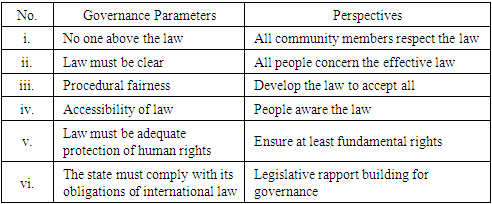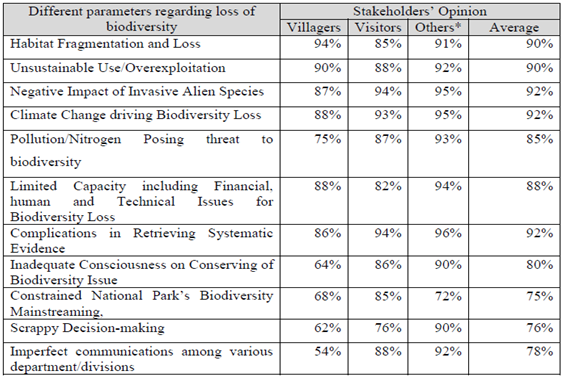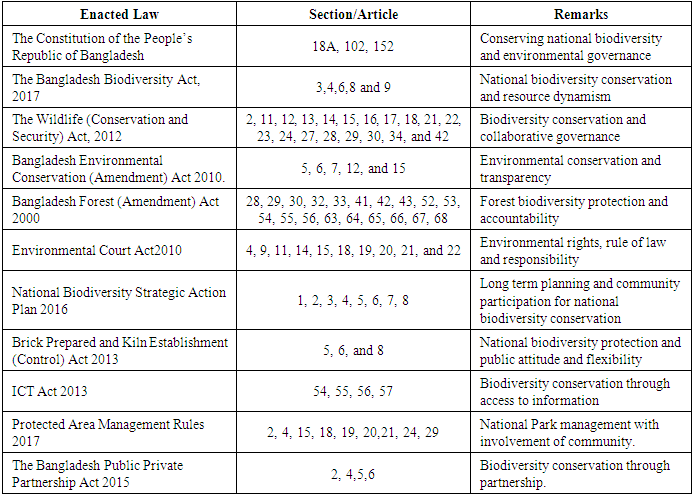| [1] | Miah, M.R. (2018). Assessment of Environmental Policy Instruments along with Information Systems for Biodiversity Conservation in Bangladesh (Doctoral dissertation, PhD Thesis. IBEC, UNIMAS, Malaysia. 1-480. Retrieved from https://ir.unimas.my/id/eprint/24535/. |
| [2] | Martin, P., Boer, B. and Slobodian, L. (Eds.) (2016). Framework for Assessing and Improving Law for Sustainability IUCN, Gland, Switzerland, xii + 126. |
| [3] | UNDP. (2019). Environmental Governance for Sustainable Natural Resource Management Programme. (2019). url: http://985.so/b6ui9 (accessed Jan 8, 2019 at 8:00 p.m. national time). |
| [4] | UNDP. (2019a). SDG (Sustainable Development Goals). Goal 16: Peace, Justice and Strong Institutions. Sustainable Development Goals 2030. UNDP. url: http://985.so/b6uik. |
| [5] | Margerum, R.D. and Robinson, C.J. (2016). The Challenges of Collaboration in Environmental Governance - Barriers and Responses: New Horizons in Environmental Politics series. Elgar. ISBN: 978 1 78536 040 4, 1–424. |
| [6] | Anon, 2022, ibid. |
| [7] | Bennett, N.J. and Satterfield, T. (2018). Environmental Governance: A Practical Framework to Guide. Design, Evaluation and Analysis. Conservation Letters. 1–13. |
| [8] | Kooiman, J. (ed). (1993). Modern Governance: New Government-Society Interactions, Sage: London, UK. |
| [9] | Cooper, C. and Hall, C.M. (2008). Contemporary Tourism: An International Approach, Butterworth-Heinemann: Oxford, UK. |
| [10] | Svensson, B., Nordin, S. and Flagestad, A. (2006). Destination governance and contemporary development models. Tourism Local Systems and Networking, eds. L. Lazzeretti and C.S. Petrillo, Elsevier Science: Burlington. |
| [11] | Jones, C., Hesterly, W.S. and Borgatti, S.P. (1997). A general theory of network governance: exchange conditions and social mechanism. Academy of Management Review, 22, 911-945. |
| [12] | World Bank. (1992). World Bank Report: Governance, 1-5. |
| [13] | Lemos, M.C. and Agrawal, A. Environmental Governance. Annual Review Environmental Resource. (2006). 31, 297–325. |
| [14] | ibid. |
| [15] | WCS. (2012). The Wildlife Conservation and Security Act, 2012 (Act No. XXX of 2012, 10 July, 2012/26 Ashar, 1419). Ministry of Environment and Forests, Government of the People’s Republic of Bangladesh, Dhaka, Bangladesh. |
| [16] | Sonnenfeld, D.A. and Mol, A.P.J. (2002). Ecological modernization, governance, and globalization. Am. Behav. Sci., 45, 1456–1461. |
| [17] | Evans, P. (1996). Government action, social capital and development: reviewing the evidence on synergy. World Dev., 24, 1119–1132. |
| [18] | Lemos, M.C. and Agrawal, A. (2006). Environmental Governance. Annual Review Environmental Resource. (2006). 31, 297–325. |
| [19] | Bhardwaj, R.K. &Margam, M. (2016). Online Legal Information System for Indian Environment: A User’s Perspectives. Library Review, 65 (8/9), 593–624. |
| [20] | DoE (Department of Environment). (2016). National Biodiversity Strategy and Action Plan of Bangladesh 2016–2021. Ministry of Environment, Forests and Climate Change, Government of the People’s Republic of Bangladesh, Dhaka, ver2, 1. |
| [21] | ibid. |
| [22] | PAB. (2016). Protected Areas of Bangladesh, Forest Department, Ministry of Environment and Forests (MoEF), Government of People’s Republic of Bangladesh. url: http://www.bforest.gov.bd/index.php/protected-areas. (Accessed on June10, 2017). |
| [23] | NSP. (2005). Site Strategy for Lawachara National Park. Nishorgo Support Project. BFD-USAID/IRG, Dhaka, Bangladesh. |
| [24] | Halim, M.A., Shahid, A., Chowdhury, M.S.H., Nahar, M.N., Sohel, M.S.I., Nuruddin, Jahangir, M. & Koike, M. (2008). Evaluation of land-use pattern change in West Bhanugach Reserved Forest, Bangladesh, using remote sensing and GIS techniques. Journal of Forestry Research, 19(3), 193−198. doi: 10.1007/s11676-008-0044-1. |
| [25] | RIMS (Resource Information Management Systems). (2015). RIMS Unit, Bangladesh Forest Department, Ban Bhaban, Ministry of Environment, Forests and Climate Change, Government of the People’s Republic of Bangladesh, Dhaka, 1–3. |
| [26] | IPAC. (2012). Degree of Pressures and Threats to Protected Areas. Integrated Protected Area Co-management (IPAC). State of Bangladesh’s Forest Protected Areas’ 2010. International Resources Group, BFD-USAID, 39–40. |
| [27] | Jalil, M.A. (2009). Site Level Appraisal for Protected Area Co-management: Lawachara National Park. International Resources Group, USAID and Bangladesh Forest Department, Ministry of Environment, Forests and Climate Change, Government of People’s Republic of Bangladesh. 1-2. |
| [28] | Miah, M. R., Sayok, A., Sarok, A., & Uddin, M. B. (2017). Towards Dynamic Policy Instruments for Enhancing Biodiversity Conservation in National Parks: A Case Study on Bangladesh and Sarawak, Malaysia. Borneo Journal of Resource Science and Technology, 7(1), 11-30. doi: https://doi.org/10.33736/bjrst.391.2017. |
| [29] | Islam, M.T. (2014). People’s Participation in Protected Areas of Bangladesh. Presentation at 1st Asia Parks Congress (APC). Management Planning Unit, Forest Department, Ministry of Environment and Forests, Government of the People's Republic of Bangladesh, Dhaka. |
| [30] | Google Map, 2018 (Accessed to web portal on January 18, 2018 on local time at 12.00 pm.) |
| [31] | Ellis, E.C., Goldweijk, K., Siebert, S., Lightman, D. & Ramankutty, N. (2010). Anthropogic Transformation of the Biomes 1700 to 2000. Global Ecology and Biogeography, 19, 589–606. |
| [32] | Gardner, T.A., Barlow,J., Chazdon, R., Ewers, R., Harvey,C.A., Peres, C.A. & Sodhi, N.S.S. (2009). Prospects for tropical forest diversity in a human-modified world. Ecology Lettersm, 12, 1–21. doi: 10.1111/j.1461-0248.2009.01294.x. |
| [33] | Barber, C. V. (2004). Parks and people in a world of changes: Governance, participation and equity. In Barber, C. V., Miller, K. R., &Boness, M. (Eds.), Securing protected areas in the face of global change: Issues and strategies. IUCN, Gland, Switzerland and Cambridge, UK, 97–136. |
| [34] | Pett, T.J; Shwartz, A., Irvine, K.N., Dallimer, M. & Davies, Z. (2016). Unpacking the People–Biodiversity Paradox: A Conceptual Framework. BioScience, XX (x), 1–8. doi:10.1093/biosci/biw036, url: http://bioscience.oxfordjournals.org. |
| [35] | Ludwig, D. (2001). The era of management is over. Ecosystems, 4(8), 758–776. |
| [36] | Armitage, D., Loe, R.D. and Plummer, R. (2012). Environmental Governance and its implications for conservation practices. Conservation Letters, 5, 245–255. |
| [37] | EPI. (2018). Environmental Performance Index. url: https://epi.envirocenter.yale.edu/downloads/epi2018reportv05171902.pdf. |
| [38] | Armitage, D., Loe, R.D. and Plummer, R. (2012). Environmental Governance and its implications for conservation practices. Conservation Letters, 5, 245-255. |
| [39] | Ernstson, H., S. Barthel, E. Andersson, and S. T. Borgström. (2010). Scale-crossing brokers and network governance of urban ecosystem services: the case of Stockholm. Ecology and Society, 15(4): 28. |
| [40] | Miah, M.R., Mustaffa, M.S., Jayos, S., Ibrahim, N.H., Bujang, S., Saili, J. & Sayok, A.K. (2019). Towards Stimulating Tools for Advancement of Environmental Conservation through Promoting of Psychological Instruments. Journal of Sustainable Development, 12(4), 196-224. https://doi.org/10.5539/jsd.v12n4p196. Retrieved from https://www.ccsenet.org/journal/index.php/jsd/article/view/0/40313. |
| [41] | Miah, M.R., Rahman, A.A.M.S., Khan, M.S., Samdany, A.A., Hannan, M.A., Chowdhury, S.H. & Sayok, A.K.. (2020). Impact of Sensor Technology Enhancing Corona Disease. American Journal of Biomedical Engineering, 10(1), 1-11. https://doi.org/10.5923/j.ajbe.20201002. Retrieved from http://article.sapub.org/10.5923.j.ajbe.20201001.03.html. |
| [42] | Miah, M.R., Khan, M.S., Rahman, AAMS., Samdany, AA., Hannan, M.A., Chowdhury, S.H. & Sayok, A.K. (2020a). Impact of Sensor Networks towards Individuals Augmenting Causes of Diabetes. International Journal of Diabetes Research, 9(2), 1-10. https://doi.org/10.5923/j.diabetes.20200902. Retrieved from http://article.sapub.org/10.5923.j.diabetes.20200902.02.html. |
| [43] | Miah, M.R., Rahman, A.A.M.S., Parisa, J.T., Hannan, M.A., Khan, M.S., Samdany, A.A., Sayok, A.K. & Chowdhury, S.H. (2021). Discovery of Coronavirus with Innovative Technology. Science and Technology, 11(1), 7-29. https://doi.org/10.5923/j.scit.20211101.02. Retrieved from http://article.sapub.org/10.5923.j.scit.20211101.02.html. |
| [44] | Miah, M.R., Rahman, A.A.M.S., Khan, M.S., Hannan, M.A., Hossain, M.S., Shahriar, C.S., Hossain, S.A.M.I., Talukdar, M.T.H., Samdany, A.A., Alam, M.S., Uddin, M.B., Sayok, A.K. & Chowdhury, S.H. (2021a). Effect of Coronavirus Worldwide through Misusing of Wireless Sensor Networks. American Journal of Bioinformatics Research, 11(1), 1-31. https://doi.org/10.30564/jer.v3i1.2826. Retrieved from http://article.sapub.org/10.5923.j.bioinformatics.20211101.01.html. |
| [45] | Miah, M.R., Rahman, A.A.M.S., Samdany, A.A. & Chowdhury, S.H. (2021b). A Dynamic Scientific Model for Recovery of Corona Disease. Frontiers in Science, 11(1), 1-17. https://doi.org/10.30564/jer.v3i1.2826. Retrieved from http://article.sapub.org/10.5923.j.fs.20211101.01.html. |
| [46] | Miah, M.R., Hannan, M.A., Rahman, A.A.M.S., Khan, M.S., Hossain, M.M., Rahman, I.T., Hossain, M.S., Shahriar, C.S., Uddin, M.B., Talukdar, M.T.H., Alam, M.S., Hossain, S.A.M.I., Samdany, A.A., Chowdhury, S.H. & Sayok, A.K. (2021c). Processed Radio Frequency towards Pancreas Enhancing the Deadly Diabetes Worldwide. Journal of Endocrinology Research, 3(1), 1-20. doi: https://doi.org/10.30564/jer.v3i1.2826. |
| [47] | Miah, M.R., Hasan, M.M., Parisa, J.T., Alam, M.S., Akhtar, F., Begum, M., Shahriar, C.S., Sayok, A.K., Abdullah, F., Shamsuddin, M.A.S., Rahman, M.S., Sharif, M.A., Rahman, AAMS., Alam, M.S., Uddin, M.B. & Chowdhury, S.H. (2021d). Unexpected Effects of Advanced Wireless Sensor Technology on Climate Change. World Environment, 11(2), 41-82. doi: 10.5923/j.env.20211102.01. Retrieved from http://article.sapub.org/10.5923.j.env.20211102.01.html. |
| [48] | Miah, M.R., Hasan, M.M., Parisa, J.T., Alam, M.S., Hossain, M.M., Akhtar, F., Begum, M., Sayok, A.K., Abdullah, F., Shamsuddin, M.A.S., Rahman, A.A.M.S., Alam, M.S. & Chowdhury, S.H. (2021e). Coronavirus: A Terrible Global Democracy, International Journal of Applied Sociology, 11(2), 46-81. doi: 10.5923/j.ijas.20211102.02. Retrieved from http://article.sapub.org/10.5923.j.ijas.20211102.02.html. |
| [49] | Miah, Miah, M.R., Rahman, A.A.M.S., Hasan, M.M., Parisa, J.T., Hossain, M.M., Hannan, M.A., Alam, M.S., Alam, M.S., Akhtar, F., Ghani, M.A., Khan, M.S., Shahriar, C.S., Sayok, A.K., Begum, M., Malik, S.U.F., Samdany, A.A., Ahmed, G.& Chowdhury, S.H. (2021f). Adverse Effects of Wireless Sensor Technology to Debilitating in Numbness. International Journal of Virology and Molecular Biology, 10(1), 12-25. doi: https://doi.org/10.5923/j.ijvmb.20211001.03. Retrieved from http://article.sapub.org/10.5923.j.ijvmb.20211001.03.html. |
| [50] | Miah, M.R., Miah, M.R., Sayok, A.K., Rahman, A.A.M.S., Samdany, A.A., Akhtar, F., Azad, A.K., Hasan, M.M., Khan, M.S., Alam, M.S., Alam, M.S., Uddin, M.B., Abdullah, F., Shahriar, C.S., Shamsuddin, M.A.S., Uddin, M.B., Sarok, A., Rahman, I.T., Chowdhury, S.H. & Begum, M. (2021g). Impact of Sensor Networks on Aquatic Biodiversity in Wetland: An Innovative Approach. Geosciences, 11(1), 10-42. https://doi.org/10.5923/j.geo.20211101.02. Retrieved from http://article.sapub.org/10.5923.j.geo.20211101.02.html. |
| [51] | Miah, M. R., Rahman, A. A. M. S., Sayok, A. K., Samdany, A. A. & Hannan, M. A. (2021h). How to fight the COVID-19 global crisis. World Journal of Environmental Research, 11(2), 31–38. https://doi.org/10.18844/wjer.v11i2.5855, url: https://www.un-pub.eu/ojs/index.php/wjer/article/view/5855. |
| [52] | Miah, M.R., Hasan, Hannan, M.A., Parisa, J.T., Uddin, M.J., Uddin, M.B., Rahman, A.A.M.S., Hossain, S.A.M.I., Sharif, M.A., Akhtar, F., Shamsuddin, M.A.S., Alam, M.S.E., Alam, M.S., Abdullah, F., Rahman, M.S., Uddin, M.B., Shahriar, C.S., Sayok, A.K., Begum, M., Hossain, M.M., Khan, M.S., Ahmed, G., Malik, S.U.F., Azad, M.K.H., Samdany, A.A., Ghani, M.A., Hossain, M.S., Nazrin, M.S., Tamim, M.A.K., Selim, M.A., Talukdar, M.T.H., Chowdhury, F.T., Rashid, T., Nazim, A.Y.M., Rashid, M., & Chowdhury, S.H. (2022). Myths about Coronavirus: A Research Defense. Global Journal of Health Science, 14(2), 63–112. Retrieved from https://ccsenet.org/journal/index.php/gjhs/article/view/0/46717. |
| [53] | Miah, M.R., Hasan, M.M., Parisha, J.T., Shahriar, C.S., Sayok, A.K. & Chowdhury, S.H. (2022a). Towards the Misuse of Advanced Wireless Sensor Technology to Enable the Sudden Onset of ARDS. American Journal of Medicine and Medical Sciences, 12(6), 616-638. doi: 10.5923/j.ajmms.20221206.05. Retrieved from http://article.sapub.org/10.5923.j.ajmms.20221206.05.html. |
| [54] | Miah, M.R., Hasan, M.M., Parisha, J.T., Alam, M.S., Shahriar, C.S., Akhtar, F., Begum, M., Sayok, A.K., Abdullah, F., Shamsuddin, M.A.S., Rahman, A.A.M.S., Alam, M.S., Tabassum, T., Chowdhury, S.H., Sharif, M.A., Rahman, M.S., Uddin, M.B., Tamim, M.A.K., Nazim, A.Y.M., Hannan, M.A., Uddin, M.J., Uddin, M.B., Ghani, M.G., Nipa, N.S., Khan, M.S., Ahmed, G., Hossain, M.S., Rashid, M., Beg, M.O., Samdany, A.A., Hossain, S.A.M.I., Selim, M.A., Uddin, M.F., Nazrin, M.S., Azad, M.K.H., Malik, S.U.F., Hossain, M.M. & Chowdhury, M.A.K. (2022b). Impact of Oscillated Wireless Sensor Networks to Initiate Cardiac Arrest. International Journal of Internal Medicine, 11(1), 1-46. doi: 10.5923/j.ijim.20221101.01. Retrieved from http://article.sapub.org/10.5923.j.ijim.20221101.01.html. |
| [55] | Miah, M.R., Hasan, M.M., Parisha, J.T., Shahriar, C.S., Sayok, A.K., Chowdhury, S.H. (2022). Adverse Global Health Impacts Due to the Proliferation of Man-Made Technological Heatwaves. Resources and Environment, 12(3), 67-75. doi: 10.5923/j.re.20221203.01. url: http://article.sapub.org/10.5923.j.re.20221203.01.html. |
| [56] | Parisha, J.T., Miah, M.R., Hasan, M.M., Begum, M. (2022). Impact of Environmental Pollution along with Technology for Conserving of Biodiversity. International Journal of Ecosystem, 12(1), 20-30. doi: 10.5923/j.ije.20221201.02. url: http://article.sapub.org/10.5923.j.ije.20221201.02.html. |
| [57] | Miah, M.R., Hasan, M.M., Parisha, J.T. & Chowdhury, S.H. (2022). Socioeconomic Impact of the Coronavirus Pandemic with Multiple Factors on Global Healthcare Policy. Journal of Politics and Law, 15(4), 242. doi: 10.5539/jpl.v15n4p242, url: URL: https://doi.org/10.5539/jpl.v15n4p242. |
| [58] | Miah, M.R., Mustaffa, M.S., Sabil, S., Madihie, A., Saili, J. & Sayok, A.K. (2018). Towards Dynamic Policy for Early Childhood Development Enhanced the Growth of Self-regulations. International Journal of Engineering & Technology, 7(330), 251-255. doi: https://doi.org/10.14419/ijet.v7i3.18251. |
| [59] | Miah, M.M., Hasan, M.M., Parisha, J.T., Sayok, A.K. (2022). Challenges of Legal Instruments for Biodiversity Conservation along with National Parks. International Journal of Agriculture and Forestry, 12 (3), 79-101. doi: 10.5923/j.ijaf.20221203.03. url: http://article.sapub.org/10.5923.j.ijaf.20221203.03.html. |
| [60] | Miah, M. R., Sayok, A., Sarok, A., & Uddin, M. B. (2017a). Rain Water Harvesting for Sustainable Biodiversity Conservation at Lawachara National Park in Bangladesh: A Study on Policy Challenges. OIDA International Journal of Sustainable Development, 10 (01), 11-26. Available at SSRN: https://ssrn.com/abstract=2911866. |



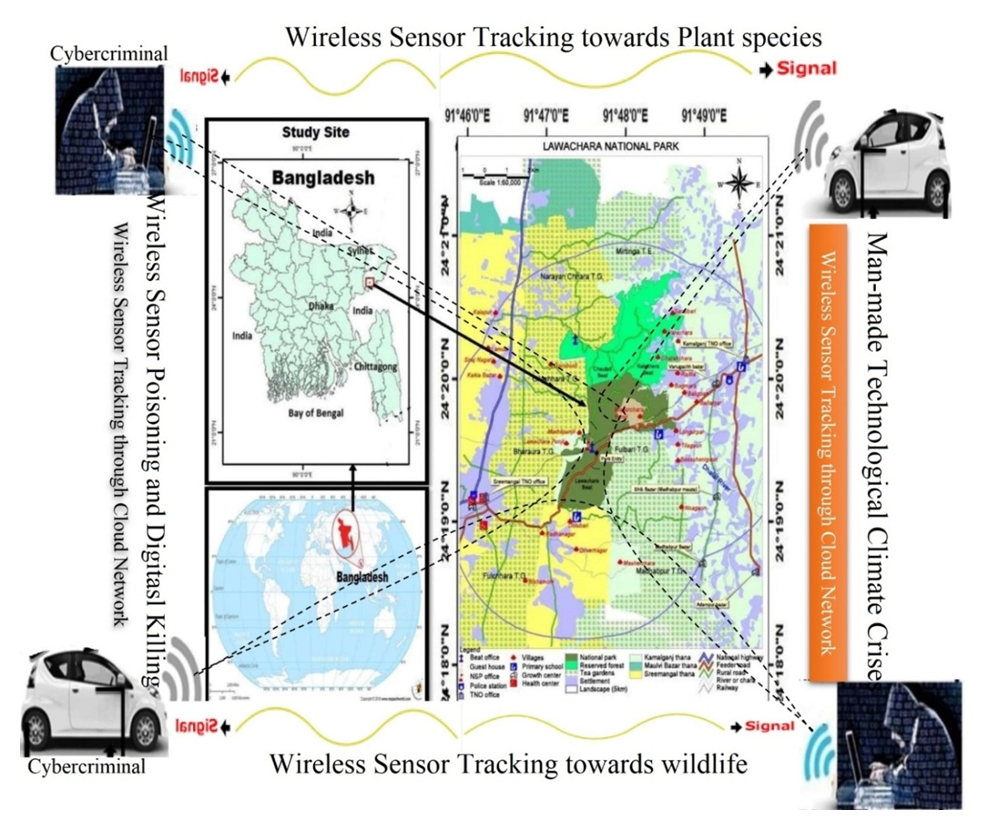

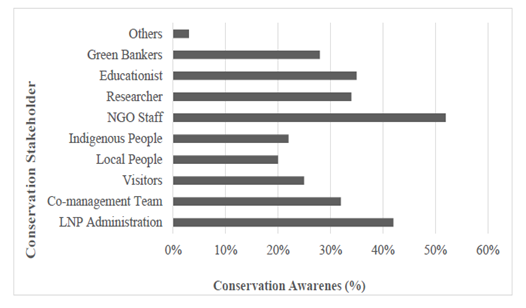
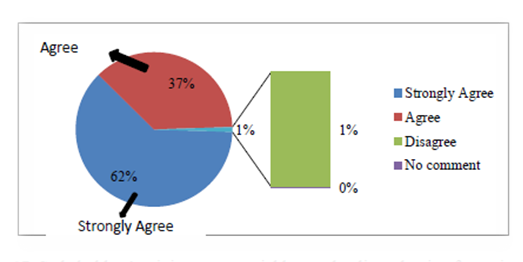
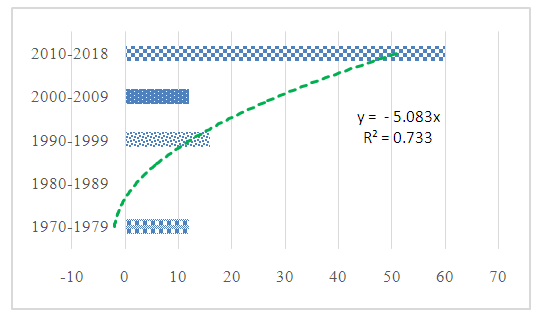
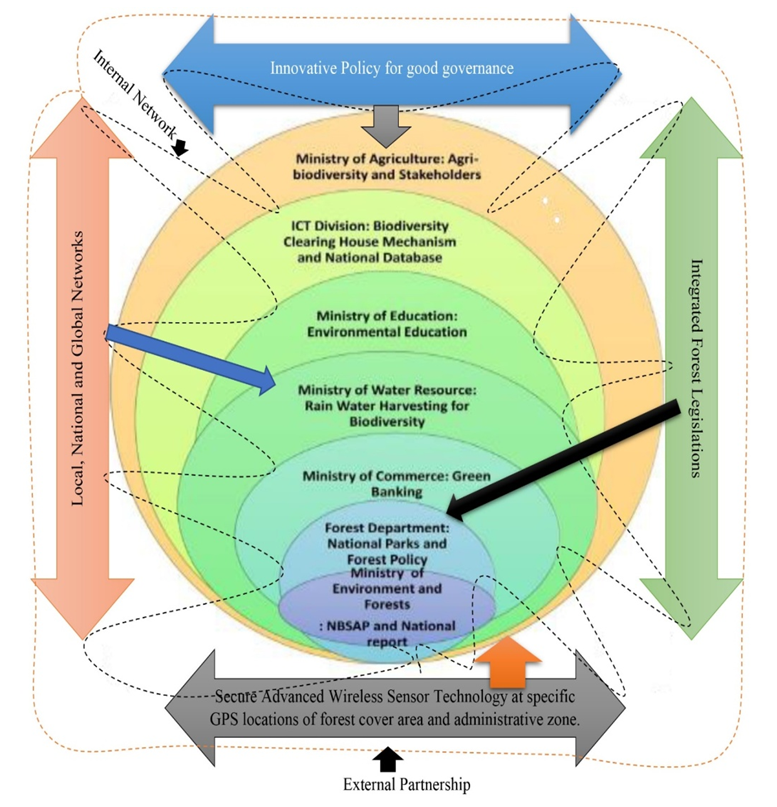
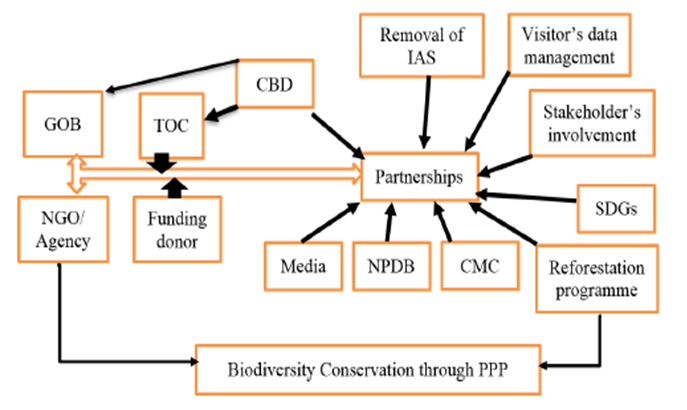
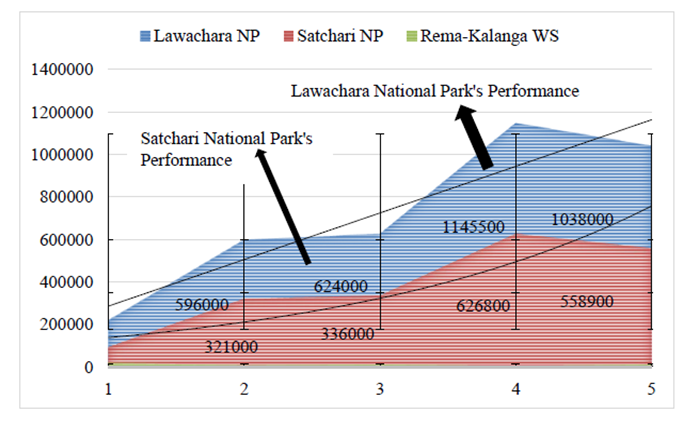
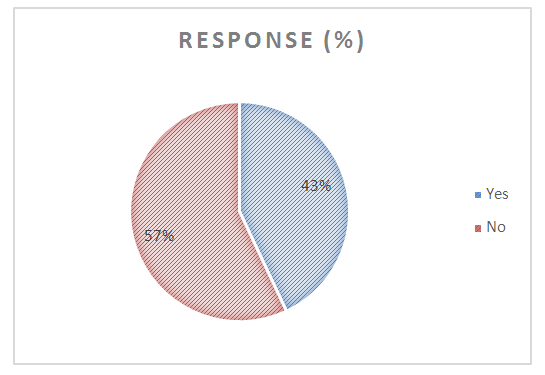
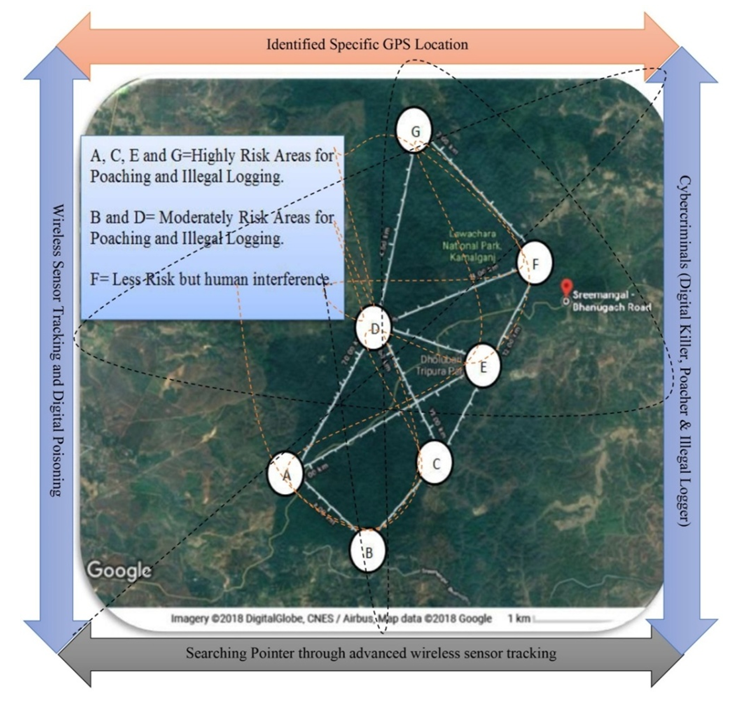
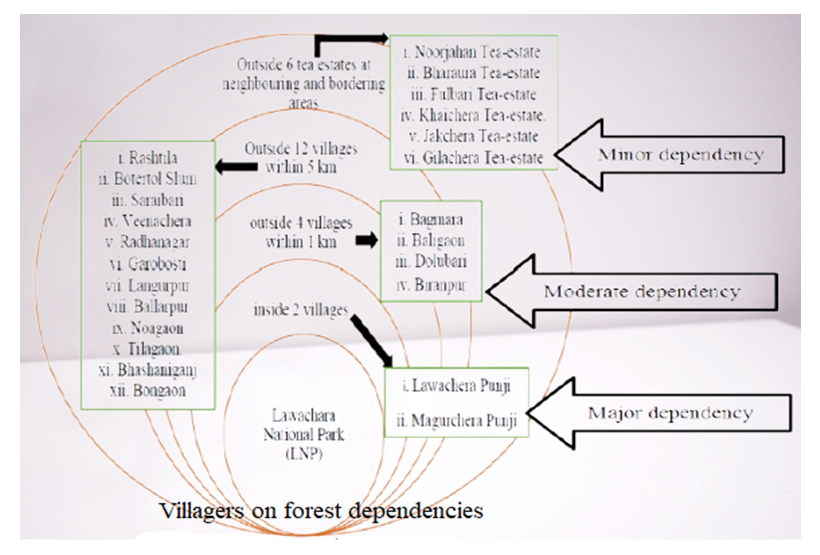

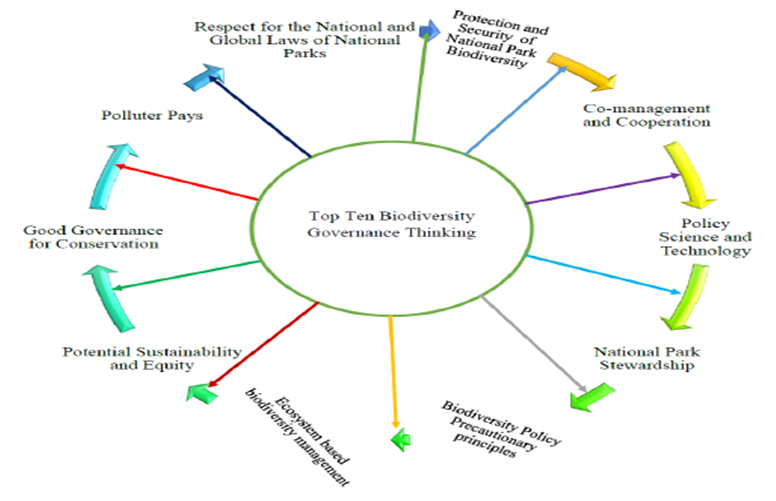
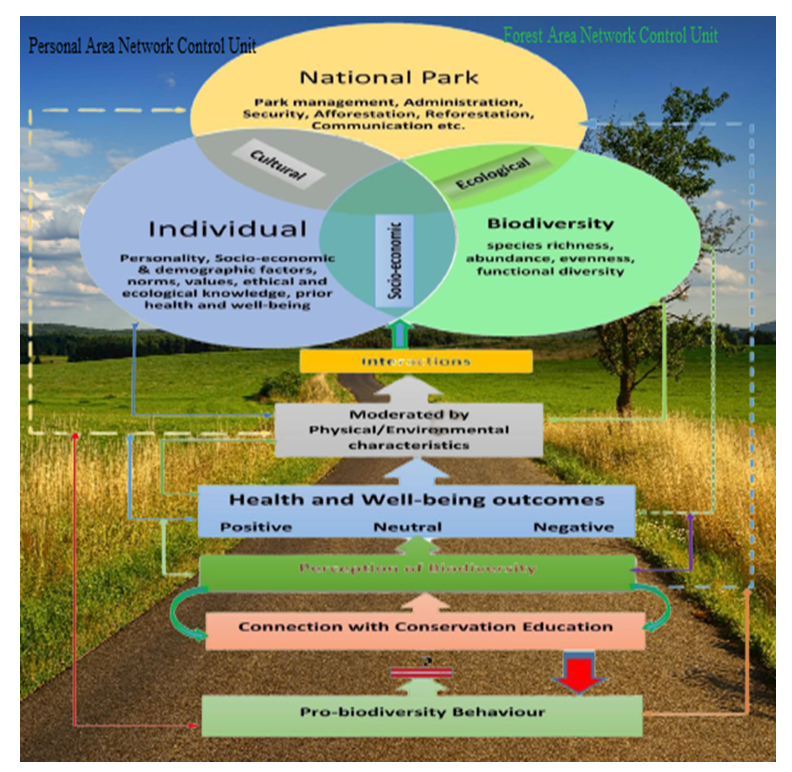

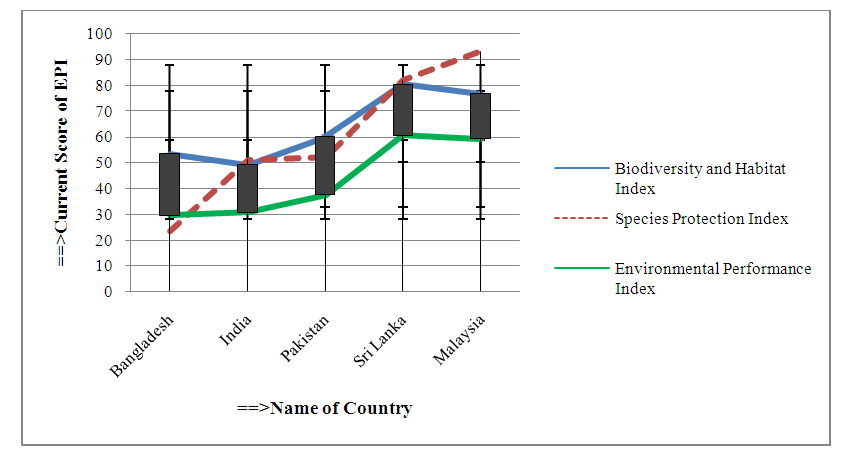
 Abstract
Abstract Reference
Reference Full-Text PDF
Full-Text PDF Full-text HTML
Full-text HTML